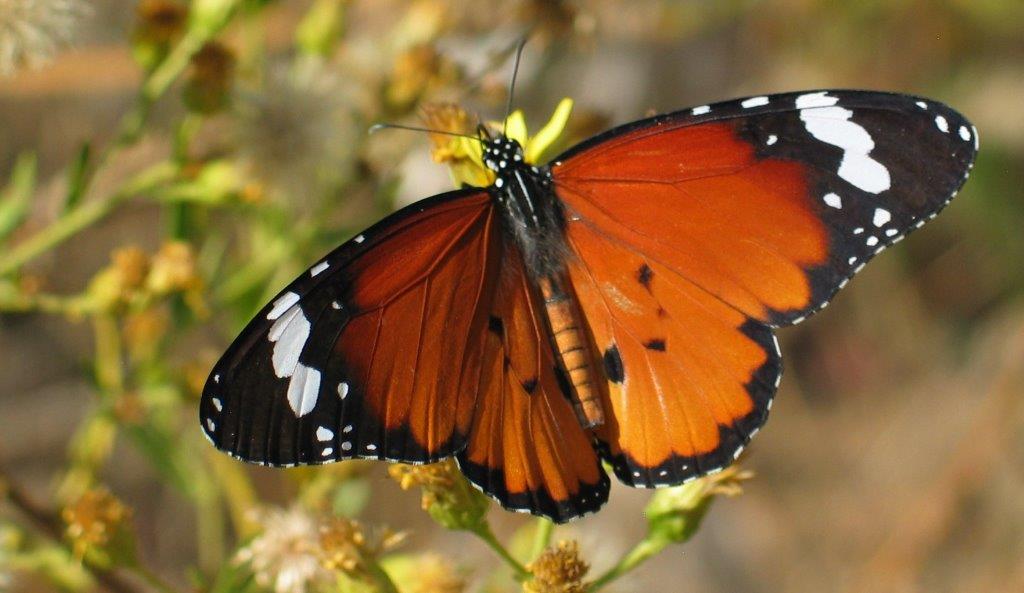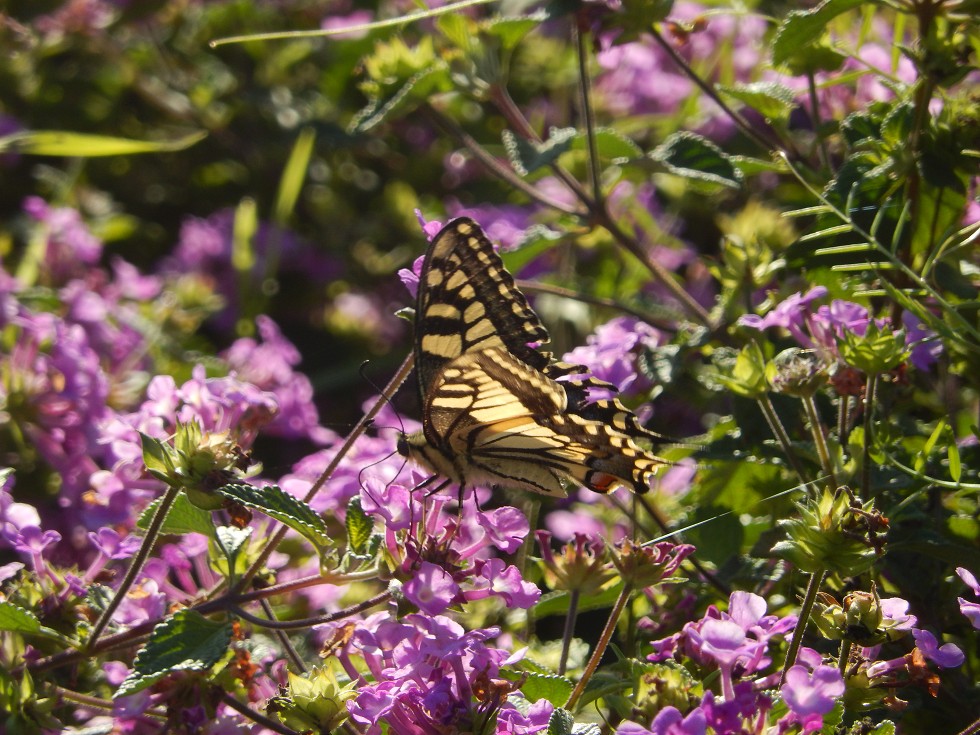When the butterflies are happy, we’re all happy
They’re small, magical, colorful and they teach us about the state of the ecosystem, so how can we not adore them? Get ready for the peak of the butterfly season!
 News and Events
News and Events
They’re small, magical, colorful and they teach us about the state of the ecosystem, so how can we not adore them? Get ready for the peak of the butterfly season!

The peak of the butterfly season is near, and this is a great opportunity to observe them, enjoy their beauty and learn about their great value for ecosystem evaluation.
Butterflies are present in Israel year-round, but springtime is the peak in terms of the number of individuals and species. Many butterflies are already flying around the Nature Park at Ramat Hanadiv, and their presence will peak between mid-April and mid-May. During this season we’ll be able to observe the amazing display of butterflies among the dense flower patches in both nature and the gardens. If we stop to watch them closely we will see how they land on the colorful flowers, pull out their thin proboscis, poke it into the center of the flower and suck up the sweet nectar, and once finished, fly straight to the next flower, pull out their proboscis, and so on. Every few years, thousands of painted lady butterflies arrive during May. These butterflies migrate like birds, from Africa to Israel. However, their migration is intergenerational, meaning that they set out, fly a significant distance, mate, the females lay eggs, the larvae hatch, eat the plants, grow and pupate. They emerge from the pupae as butterflies and continue their northward flight, until they arrive here in the spring and we can observe their beauty. A good place for this is the Footprint Garden at Ramat Hanadiv.

The age of massive development, together with global warming, has caused great harm to open landscapes and natural ecosystems in Israel and around the world. As part of efforts to protect natural landscapes, the changes occurring within them are constantly monitored and studied. It turns out that butterflies are a biological marker that reflects the changes occurring within ecosystems and within the populations of organisms they support. Many studies have shown that in places where the number of butterfly species and individuals has declined, there have also been reductions in the number of species of plants, birds, reptiles etc. Thus, these delicate fliers have become a biological indicator for the other groups and for the state of the ecosystem.
A comprehensive study was conducted at Ramat Hanadiv, in which the butterflies were used as a bio-indicator for determining the effects of man on species diversity and habitat quality in the park. The research was done by Dr. Racheli Schwartz-Tzachor. Within the framework of this study, monitoring paths were marked in the different habitats of the Nature Park. Each week, for four consecutive years (!) the marked paths were monitored and butterfly movement was documented as follows: species observed, number of individuals of each species and more. From the collected data, diversity indices were calculated, including: butterfly abundance, butterfly species richness, and a weighted butterfly diversity index. From comparisons of the diversity indices, the following conclusions (among others) were reached: species diversity is poor in the planted pine groves; cattle grazing in the park does not harm species diversity; species diversity is very high in the area enriched by gardening
*Detailed information on the amazing butterflies may be found in the book “Butterflies of Ramat Hanadiv” which is on sale at the InfoShop at Ramat Hanadiv. The book is rich with breathtaking pictures and would make a wonderful gift
Any question? We will be glad to help